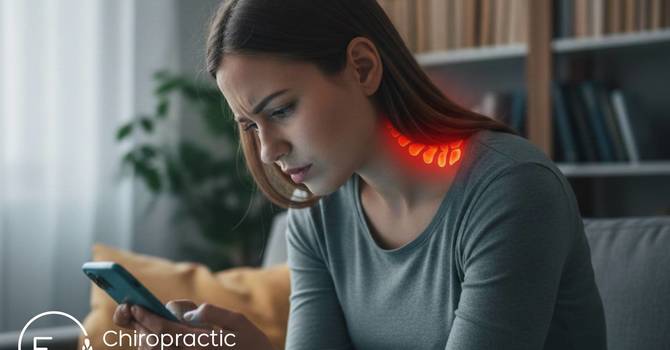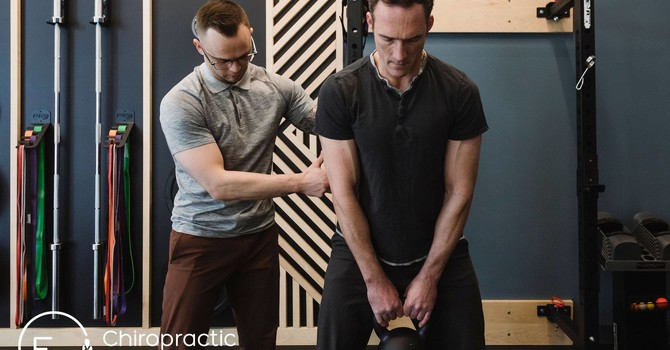
Sit-ups, crunches, and many variations of these exercises have seemingly been staples of core workouts and the fitness community.
But are they the best exercise option for increasing your core stability? Should you be doing them at all?
After reading this blog, you will understand my three reasons why you should NOT be doing sit-ups or crunches!
An Introduction to the Abdominal Wall (Core) Muscles
The abdominal wall is quite a complex set of muscles. There are four layers to the abdominal wall, and each layer consists of a different muscle.
- Transverse Abdominis
- Internal Oblique
- External Oblique
- Rectus Abdominis
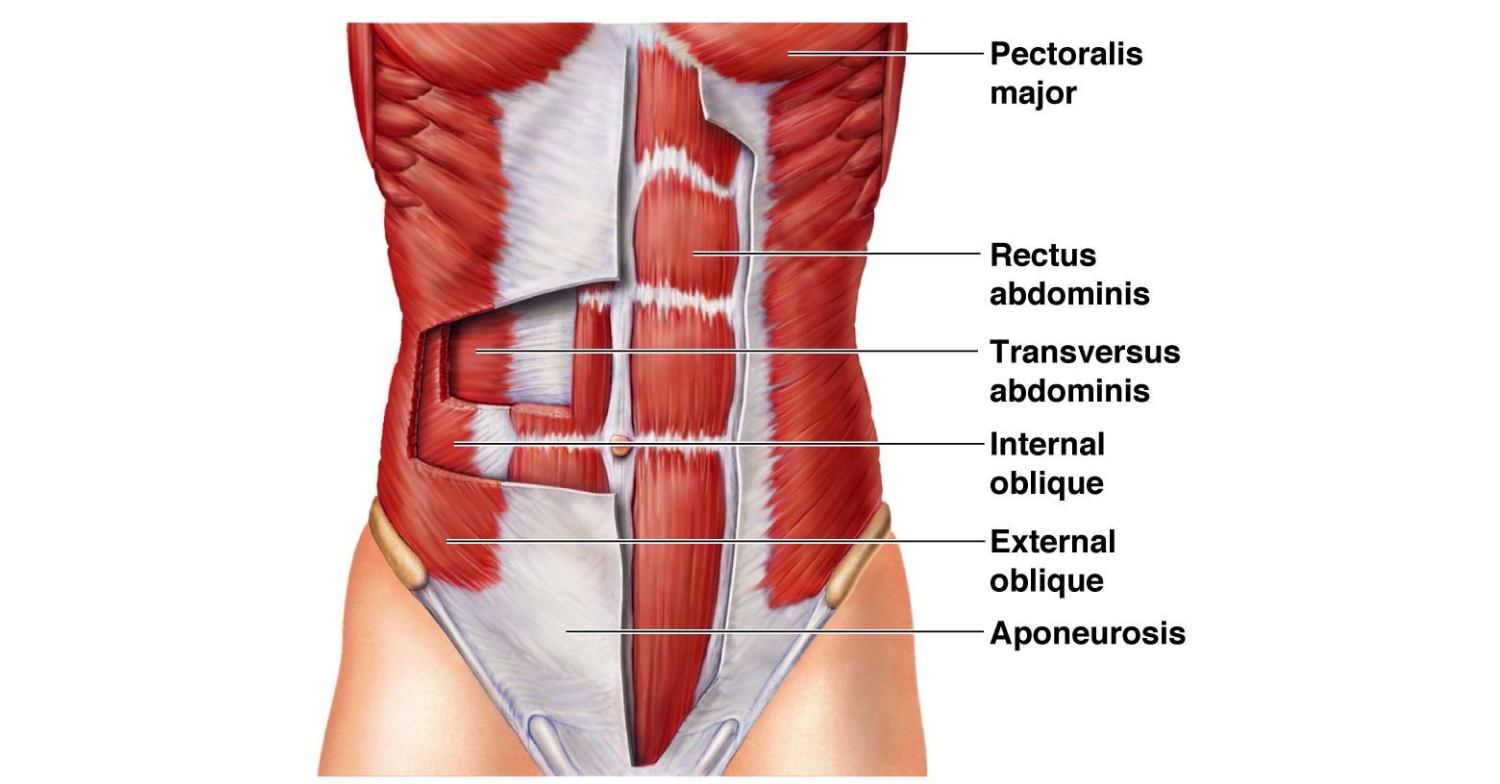
Most obviously, the abdominal wall creates trunk motion. Bilaterally, the External Obliques and Internal Obliques and the rectus abdominis work to create trunk flexion (forward bending). When working on the same side, the External Obliques and Internal Obliques will create lateral flexion of the trunk toward the working muscles’ side. The abdominal wall also participates in trunk rotation. Here, the External Obliques and Internal Obliques on the opposite side work together to create trunk rotation (rotation of the ribcage toward the side on which the Internal Obliques that is creating the rotation is located.)
If a muscle creates a motion, it will control and even block the opposite motion. Therefore, in addition to creating the movements mentioned above, the abdominal wall will also control/stop trunk extension (bending backwards), lateral flexion (tipping like a teapot), and rotation (twisting).
The Proper Low Back Stabilization Strategy
Intra-abdominal pressure is the cornerstone of a proper low back stabilization strategy. Contraction of the diaphragm precedes/initiates all stabilizing efforts, conscious or subconscious.
Concentric contraction of the diaphragm pulls the central tendon down toward the hips. This action moves the liquid in the abdomen outward (and downward) into the torso musculature, thereby synchronizing a massive co-contraction essential for spinal control and stiffness.
It is this simple; if you cannot consciously contract your diaphragm in a supported position, you have zero chance of stabilizing correctly. This does not mean that you cannot stabilize. It just means that you will do so with a compensatory pattern that comes with consequences.
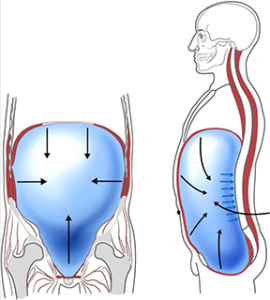
Three Reasons Why You Shouldn’t do Sit-ups/Crunches
1. They Do Not Improve the Function of the Abdominal Wall
As I stated above, a proper low back stabilization pattern is founded on the creation of intra-abdominal pressure.
The supposed purpose of sit-ups or crunches is to target the rectus abdominis, our 6-pack muscle.
We need to understand that the rectus abdominis is a SINGLE muscle with connective tissue striations that connect to the center connective tissue called the Linea Alba. These connective tissue striations are genetic. You cannot work out your way into having an 8-pack. Genetics decides the number of “packs” that you have.
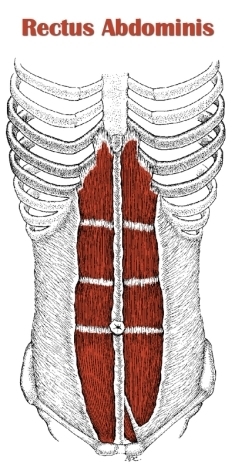
The rectus abdominis is not predominantly used in this manner. Yes, the rectus abdominis assists in flexing the spine, but the internal and external obliques primarily perform this motion.
Stuart McGill, the world’s leading expert in the biomechanics of the spine and low back stabilization (also a proud Canadian), studied the true purpose of the rectus abdominis, primarily as to the purpose of those connective tissue striations.
Professor McGill concluded that the primary function of the rectus abdominis is very similar to the ripples of grain containers.
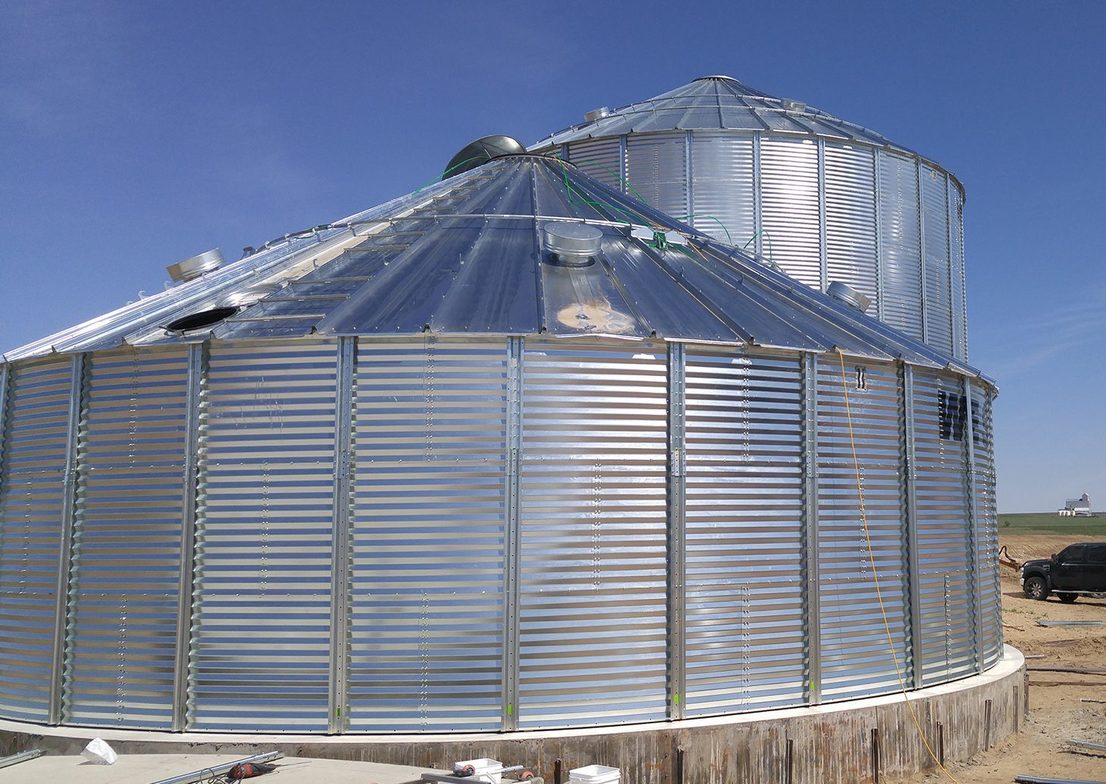
The ripples of the grain bin add additional strength to the container. This extra strength prevents the bin from breaking due to the pressure from the grain inside.
Our rectus abdominis functions in a very similar manner. The soft tissue striations within the rectus abdominis add strength to our abdominal wall to manage the intra-abdominal pressure created to stabilize our low back. Professor McGill believes that our abdominal wall would tear open without these soft-tissue striations due to the pressure.
This is also true for pregnant ladies. If we did not have these soft-tissue striations, our abdominal wall muscles would tear instead of having a diastasis of the soft tissue.
2. They May Aggravate Low Back Pain
One of the most common types of low back pain is “flexion intolerant low back pain.” This means that flexion or rounding of the low back will increase someone’s low back pain.
When we perform crunches or sit-ups, we are repeatedly flexing our low back. We are repeatedly performing the motion that will commonly increase someone’s low back pain. I have had patient's come into the clinic for care with the story of "I was performing sit-ups as part of my home workout, and now my back pain is worse than ever."
Understanding that sit-ups do not enforce a proper function of the rectus abdominis, and there are NUMEROUS other ways to increase the strength of the abdominal wall, WHY should we choose to do crunches or sit-ups?
3. They Are Fon-Functional Movements
The definition of low back stability that I prefer to use is “the body’s ability to resist unwanted movement.”
This often means resisting unwanted flexion during lifting children, groceries, or yard equipment for the average human. This also includes resisting flexion during weight lifting, running, or recreational sports.
Performing crunches or sit-ups do very little, if anything at all, to prepare our body to resist unwanted movement in daily life.
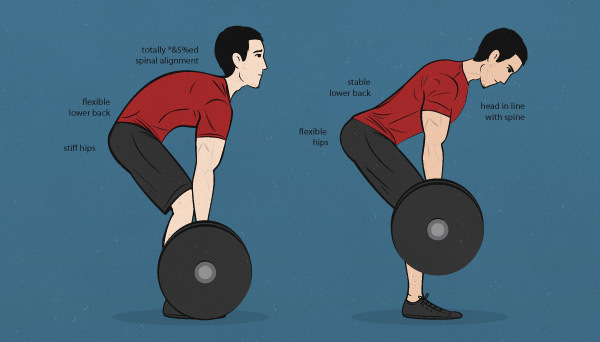
When we squat down to pick up a child or perform a back squat in a gym, we need to protect our low back. If we perform a crunch while performing these motions, we introduce a position that puts our body at risk of injury. The same is true if we are deadlifting in the gym or bending forward to pick up a bag of mulch.
Crunches and sit-ups do not teach our bodies to stabilize our spine, to reduce our risk of injury.
Now What?
If you are currently experiencing low back pain, book an appointment with E3 Chiropractic + Wellness today! We help anyone in Saskatoon get free from their low back pain and help your bodies become stronger and more resilient so that you can enjoy the activities you love! Click HERE to book an appointment today!
If you are looking for exercises specifically designed to strengthen your low back? Are you confused as to what exercises to do if crunches aren’t the right ones? E3 Chiropractic + Wellness will be introducing a 7-week ONLINE course designed to help you create a stronger and more confident low back! If you are interested, use the box below to send me a message, and we will keep you updated with its release!


